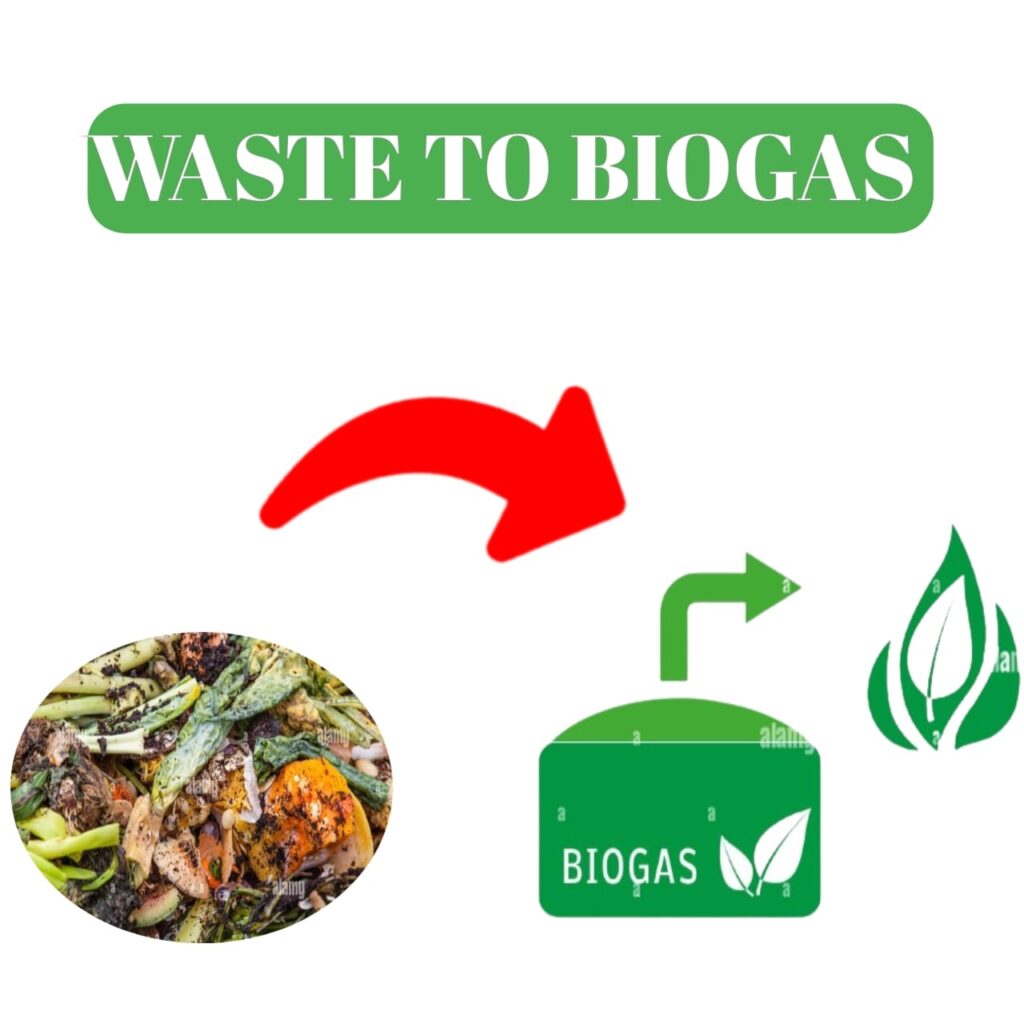
In a world grappling with environmental challenges and a growing need for sustainable energy sources, biogas production from organic wet waste has emerged as a promising solution. Biogas, primarily composed of methane and carbon dioxide, is a renewable energy source that can be used for cooking, heating, and electricity generation. This blog will explore the process of making biogas from organic wet waste, highlighting its environmental benefits, and demonstrating how individuals and communities can harness this eco-friendly energy source.
What is Biogas?
Biogas is a renewable energy source produced through the anaerobic digestion of organic materials, such as kitchen waste, agricultural residues, and sewage sludge. Anaerobic digestion is a natural biological process in which microorganisms break down organic matter in the absence of oxygen, resulting in the release of methane-rich biogas. This process not only generates energy but also offers several environmental benefits.
Read more…..Top 5 Sustainable Composting Methods
Environmental Benefits of Biogas Production
Greenhouse Gas Reduction: One of the most significant advantages of biogas production is its role in reducing greenhouse gas emissions. Organic waste in landfills decomposes anaerobically, releasing methane, a potent greenhouse gas. By diverting this waste to biogas production, we capture methane and convert it into a useful energy source, thereby mitigating its harmful effects on the environment.
Waste Management: Biogas production helps in effective waste management by recycling organic materials. This reduces the burden on landfills and incinerators, prolonging their lifespan and minimizing the associated environmental issues like soil contamination and air pollution.
Renewable Energy: Biogas is a clean, renewable energy source that can replace fossil fuels in various applications. Using biogas for cooking, heating, or electricity generation significantly reduces our dependence on non-renewable energy sources, contributing to a sustainable energy future.
Nutrient-Rich Byproducts: The residue left after anaerobic digestion, known as digestate, is rich in nutrients and can be used as a potent organic fertilizer. This reduces the need for synthetic fertilizers, further reducing the environmental impact of agriculture.
Now that we understand the environmental benefits of biogas production, let’s delve into the steps to create biogas from organic wet waste.
Steps to Make Biogas from Organic Wet Waste
Collect Organic Waste: The first step is to collect organic wet waste, which can include kitchen scraps (vegetable peels, fruit leftovers, etc.), animal manure, agricultural residues, and sewage sludge. Ensure that the waste is free from non-biodegradable materials like plastic and metals.
Preparation and Mixing: The collected waste is then shredded or chopped into smaller pieces to increase its surface area. It is crucial to achieve the right balance of carbon-rich (e.g., straw, leaves) and nitrogen-rich (e.g., kitchen waste, manure) materials. Proper mixing ensures an optimal environment for microbial activity.
Loading into the Digester: The prepared organic waste is loaded into an airtight digester or biogas plant. The digester can be made of various materials, such as concrete, plastic, or metal, and must be equipped with a gas outlet for biogas collection.
Anaerobic Digestion: In the digester, microorganisms break down the organic matter through anaerobic digestion. This process releases methane and carbon dioxide gases, which are collected for biogas production. The digestion process takes several weeks to months, depending on the temperature, waste composition, and digester design.
Biogas Collection: The biogas produced during digestion rises to the top of the digester and can be collected through a pipe or channel. It is essential to store the biogas in a separate chamber to prevent the entry of oxygen, which can disrupt the anaerobic digestion process.
Gas Utilization: Biogas can be utilized for various applications. It can be used directly for cooking or heating in homes, or it can be converted into electricity using a biogas generator. The residual heat generated during electricity production can also be harnessed for heating purposes.
Digestate Management: The leftover digestate is a nutrient-rich slurry that can be used as organic fertilizer. It should be properly stored and applied to farmlands to enhance soil fertility.
Tips for Successful Biogas Production
Maintain Proper Temperature: Anaerobic digestion is temperature-sensitive. Most digesters work optimally between 30°C to 55°C (86°F to 131°F). In colder regions, insulation or heating systems may be required to maintain the desired temperature.
Balanced Feedstock: Ensure a balanced mixture of carbon-rich and nitrogen-rich materials to promote efficient biogas production. Adjust the composition as needed to maintain the right C:N ratio.
Regular Maintenance: Regularly inspect and maintain the digester to prevent leaks, blockages, or other issues that may disrupt the digestion process.
Safety Precautions: Biogas is highly flammable, so safety precautions are essential when handling and storing it. Use appropriate equipment and ensure proper ventilation.
Educate and Involve the Community: Encourage community participation in biogas projects to create awareness and promote sustainable practices.
Conclusion
Biogas production from organic wet waste is a sustainable and eco-friendly solution to both waste management and energy generation. By implementing the steps outlined in this blog, individuals and communities can contribute to reducing greenhouse gas emissions, minimize waste disposal issues, and harness a renewable energy source for various applications. Embracing biogas technology is a significant step towards a greener and more sustainable future.
For more details visit klimrus.